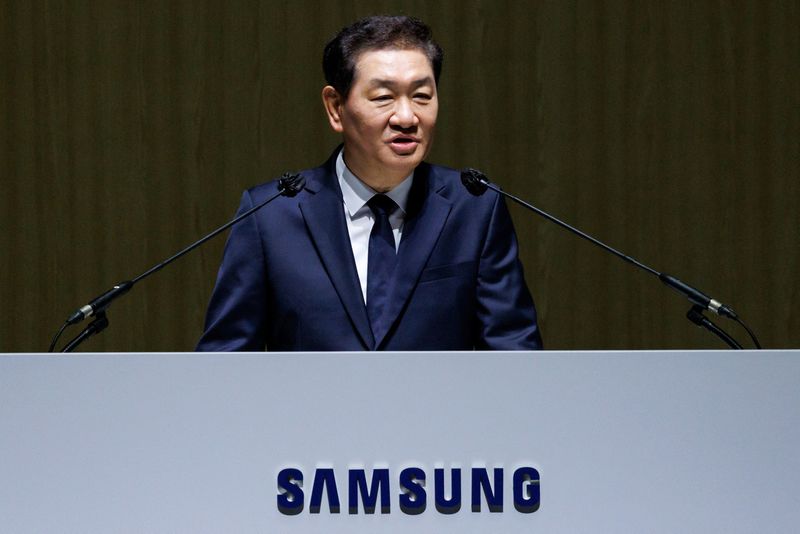Dixon Technologies Set to More Than Double Revenue as India Boosts Electronics Production
 |
| Google Pixel Maker Dixon Eyes Strong Growth Amid India’s Expanding Electronics Sector / Reuters |
Dixon Technologies India, a key manufacturer for Google’s Pixel smartphones, is poised for rapid revenue growth in the upcoming fiscal year, with expectations to more than double its earnings. The surge in revenue is largely driven by India’s growing electronics manufacturing industry, which has been attracting major global corporations like Google and Apple, shifting their supply chains away from China.
Atul Lall, Managing Director of Dixon Technologies, shared with Reuters that the company is set for an aggressive growth trajectory in the near future. This momentum is aligned with India’s strategy to become a global hub for electronics production. The contract manufacturer reported a notable revenue increase of 45%, reaching 177.13 billion rupees (approximately $2.04 billion) for the 2024 financial year, compared to the previous year. For the first nine months of the current fiscal year, Dixon’s revenue hit 285.77 billion rupees, further emphasizing its financial strength.
Dixon, headquartered in Noida, is not only assembling smartphones for tech giants like Google but also companies such as China’s Xiaomi and Oppo. The company has strategically diversified its portfolio by moving into component manufacturing, taking advantage of the Indian government’s initiatives that offer billions of dollars in incentives to produce mobile and laptop parts locally. India’s electronics manufacturing sector is expected to reach 6 trillion rupees by fiscal year 2027, a significant leap from 1.46 trillion rupees in 2022, as forecasted by brokerage firm Motilal Oswal.
India's aggressive push to become a manufacturing powerhouse is reflected in Dixon's investment plans, which aim to cater to the growing demand for electronics exports. Despite this, the company is keeping an eye on potential risks arising from global trade tensions, particularly the threats from U.S. President Donald Trump to impose reciprocal tariffs starting in April. If enacted, this could result in up to $7 billion in losses annually for India’s export sectors.
Dixon’s leadership is awaiting further clarification on the tariff situation, as the U.S. has yet to provide concrete details, and the broader implications of such actions remain uncertain. However, the company’s focus on expanding production capabilities within India positions it well to navigate the changing dynamics in global trade.
As Dixon Technologies prepares for the upcoming fiscal year, the company’s strong growth is a testament to India’s evolving role in the global electronics market, offering new opportunities for businesses and solidifying the country’s place as a key player in international manufacturing.



Comments
Post a Comment